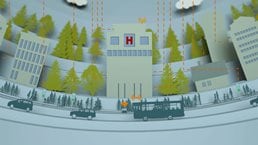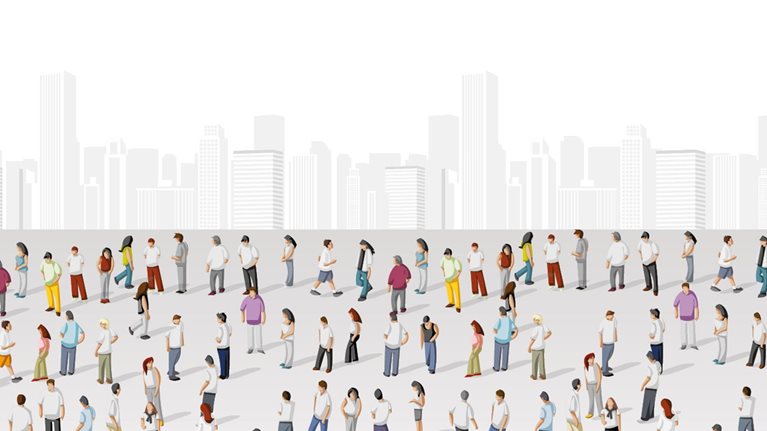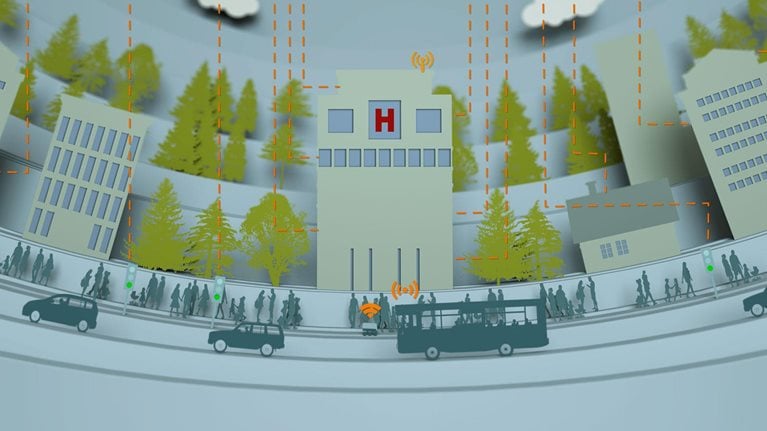Smart transportation is fundamental to creating smart cities. But what exactly does “smartness” entail? Whose responsibility is it to create and maintain the growing network of transportation methods across a city?
At a recent smart-cities event in New York, convened by the McKinsey Global Institute, Vijay Vaitheeswaran of the Economist asked mobility experts from varied backgrounds what constitutes smart transportation.
Rachel Haot, executive director of the Transit Innovation Partnership; Meera Joshi, chair and CEO of the NYC Taxi and Limousine Commission; and Zachary Wasserman, head of global business development at Via, shared their definitions of smart transportation and their visions for improving urban mobility.
Zachary Wasserman: I think the conventional wisdom when people talk about next-generation mobility is that there is this convergence between on-demand, sharing, electrification, and autonomy.
And I think in this case, the conventional wisdom is right. That does really seem to be the way in which the world is moving. At the same time, if you disaggregate those constituent parts, I do think that sharing is the most transformational. Here’s why.
Would you like to learn more about McKinsey Global Institute?
First, sharing is the only way to allow people from all walks of life, from across the income spectrum, to get a ride whenever they want one. The only way to make on-demand use universally affordable is by reducing the cost per ride, and you need to share rides to do that.
Sharing also reduces vehicle miles traveled through better passenger aggregation, which ultimately will reduce congestion and carbon emissions.
And lastly—what I’m personally most excited about—sharing increases the spatial efficiency of transportation, which will ultimately empower regulators in cities and departments of transportation to reclaim street space from cars and reorient it toward people. More parks, larger sidewalks, parklets, plazas. That’s going to have a transformational impact on the quality of life in cities.
Rachel Haot: The framework for smart transportation starts with infrastructure. Is the infrastructure smart and connected? Are the assets being leveraged appropriately? Are we not only doing preventative maintenance but predictive maintenance, where we can anticipate before something breaks that it needs to be fixed?
Data is perhaps the largest opportunity that we have to have an outsize impact for a relatively small investment. And that can be used for everything from day-to-day real-time operations to decision making. Do you decide to reroute that train? Do you skip the station or hold it? How can you make it more efficient?

Smart cities: Digital solutions for a more livable future
Tied very closely to that is how to have a more customer-centric experience. This is something where we have much to learn from the private sector.
And finally, smart transportation means tying policy and process innovation to revenue generation. There are so many incredible models for how authorities that manage public transportation can be more effective. An entity that is smart on public transit encompasses all of those elements.
Meera Joshi: There’s two aspects to smart transportation. For new companies working in for-hire transportation, those are all dispatched by app and bring on thousands and thousands of new passengers and new drivers every month and provide a tremendous amount of mobility, especially in the outer boroughs. The smart part doesn’t come from them. They are already really smart, and really good at what they do.
The smart part comes from government and figuring out how to make sure that the cities get the best aspects of this transportation while minimizing the externalities. And that’s where cities must be smart, have some foresight, and figure out what the right balance is between letting the market operate and where we need to rein in.


